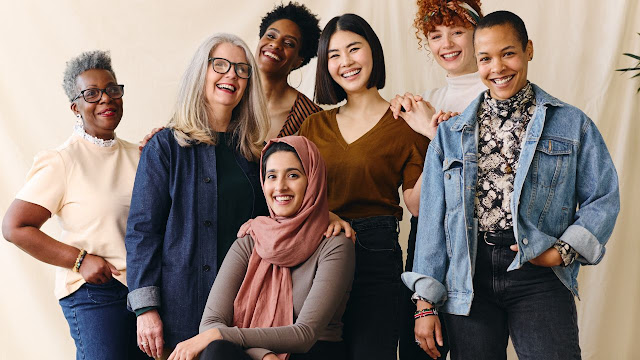Introduction:
In today's highly competitive market, effective brand messaging plays a crucial role in capturing the attention and loyalty of consumers. However, it is important to recognize that different demographic groups may interpret and respond to brand messaging in unique ways. Understanding these nuances can help businesses tailor their marketing strategies to effectively reach and engage their target audience. In this blog post, we will explore how different demographic groups interpret and respond to brand messaging, providing valuable insights for marketers and business owners. 🎯
Age-Based Interpretation and Response:
- Generation Z (born between 1997 and 2012): This tech-savvy generation values authenticity, social responsibility, and personalized experiences. They respond well to brand messaging that aligns with their values and offers unique, interactive content.
- Millennials (born between 1981 and 1996): This digitally connected generation seeks brands that prioritize convenience, sustainability, and social impact. They respond positively to brand messaging that showcases authenticity, social consciousness, and user-generated content.
- Generation X (born between 1965 and 1980): This generation values quality, reliability, and family-oriented messaging. They respond well to brand messaging that emphasizes trust, tradition, and practicality.
- Baby Boomers (born between 1946 and 1964): This generation appreciates brand messaging that highlights experience, nostalgia, and reliability. They respond positively to messaging that evokes emotions and emphasizes the benefits of products or services.
Gender-Based Interpretation and Response:
- Men: Men tend to respond well to brand messaging that emphasizes functionality, performance, and status. They appreciate clear and concise messaging that highlights the practical benefits of a product or service.
- Women: Women often respond positively to brand messaging that focuses on emotional connections, inclusivity, and empowerment. They appreciate messaging that tells a story, showcases diversity, and addresses their specific needs and aspirations.
Cultural and Ethnic Interpretation and Response:
Different cultural and ethnic groups may interpret and respond to brand messaging based on their unique values, traditions, and experiences. It is essential for businesses to conduct thorough research and understand the cultural nuances of their target audience to create messaging that is respectful, inclusive, and relevant.
Conclusion:
In today's diverse marketplace, understanding how different demographic groups interpret and respond to brand messaging is crucial for the success of any marketing campaign. By leveraging demographic segmentation and tailoring brand messaging to specific groups, businesses can effectively engage their target audience, build brand loyalty, and drive conversions. Remember, successful brand messaging goes beyond generic approaches and embraces the unique characteristics and preferences of each demographic group. By implementing the insights shared in this blog post, businesses can create impactful brand messaging that resonates with their target audience and drives business growth. 📈
Remember, the key to successful brand messaging lies in continuous research, adaptation, and a deep understanding of your target audience.














